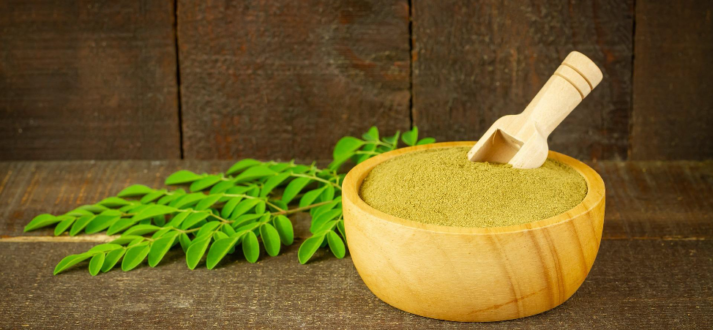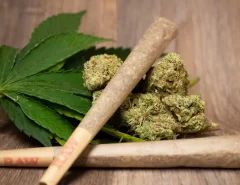Understanding the impact of harvest seasons on the quality of Green Maeng Da kratom is crucial for both consumers and producers. This variety, known for its potent effects, varies significantly in quality depending on the timing and conditions of the harvest.
Seasonal Variations and Kratom Alkaloid Profiles
Kratom leaves contain various alkaloids, with mitragynine and 7-hydroxymitragynine being the most significant. These compounds are responsible for kratom’s unique effects. During the rainy season, the leaves tend to grow larger and faster but with a diluted concentration of alkaloids.
Conversely, the dry season often yields a smaller, more potent leaf. This is because the alkaloid concentration intensifies when the leaves are not waterlogged, enhancing the strength of the final product.
Optimal Harvesting Time for Quality
Timing is everything when it comes to harvesting Green Maeng Da. The best quality is typically found in leaves picked at the peak of maturity. This is usually in the late dry season, just before the rains begin in earnest.
Harvesters look for leaves that have reached full size and exhibit a deep, rich green color. These indicators suggest that the leaves have a high alkaloid content, making them ideal for producing the strongest Maeng Da kratom.
Impact of Environmental Factors
Aside from seasonal changes, environmental factors such as soil type and exposure to sunlight also play significant roles in the development of kratom’s alkaloids. Regions with rich, fertile soil tend to produce kratom leaves with more robust profiles.
Sunlight exposure can either increase or decrease alkaloid production based on intensity and duration. Leaves grown in moderate sunlight tend to have higher alkaloid concentrations than those grown in very shady or overly sunny areas.
Harvest Techniques and Their Effects
The method of harvest also affects the final quality of kratom. Traditional techniques involve hand-picking leaves to ensure only the best are selected. This labor-intensive process helps maintain high standards of quality.
Mechanized harvesting, while more efficient, often includes younger, less potent leaves, which can dilute the overall quality of the batch. For this reason, premium Green Maeng Da is still largely harvested by hand.
Final Considerations on Quality Maintenance
Preserving the quality of kratom after harvest is as critical as the timing of the harvest itself. Proper drying and storage conditions are essential to prevent mold and degradation of alkaloids.
Producers must ensure that leaves are dried quickly and uniformly in conditions that do not allow for humidity to reintroduce moisture to the leaves. Once dried, the kratom should be stored in airtight containers away from light and heat to maintain its potency and freshness.
Conclusion
Seasonal influence on Green Maeng Da kratom is profound, with each season contributing uniquely to the leaf’s alkaloid profile and, consequently, its effectiveness. For enthusiasts looking to experience the strongest Maeng Da kratom, understanding these seasonal impacts is key. To explore further, consider visiting strongest Maeng Da kratom.
By monitoring and adapting to these natural cycles, growers and harvesters can maximize the therapeutic potential of Green Maeng Da kratom, ensuring users receive the most efficacious product available.




